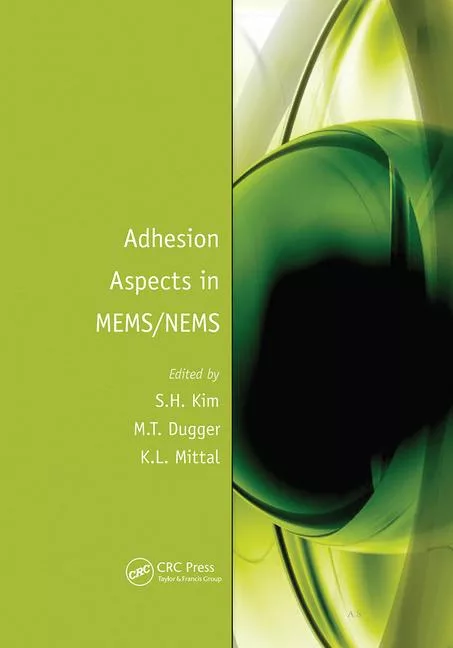Ask Dr. Dave: December 2012

QUESTION: We have been advised to use an organosilane adhesion promoter in an acrylic adhesive to bond glass to metal. How do organosilanes act chemically in this application? How much water is necessary? What happens if we have an excess of water?
ANSWER: Organosilanes have been used for many years as so-called adhesion promoters, but they are normally used to enhance the durability of adhesive bonds, particularly to glass surfaces. In many cases, organosilanes do not necessarily improve the initial adhesion, but they prevent hydrolysis of the adhesive at the adhesive/glass interface. Organosilanes act as bridging molecules between the inorganic glass surface and the organic adhesive. Most organosilanes consist of a silicon atom with three alkoxy groups and a fourth group, such as vinyl, methacryloxy, or glycidoxy. This organic group is chosen for its compatibility with the adhesive and preferably its ability to copolymerize into the adhesive.
In contact with surface or atmospheric moisture, the alkoxy groups hydrolyze, and the silane forms Si-O-Si linkages with the glass surface. Note that this structure is essentially the same as the chemical structure of glass (e.g., silicon dioxide). Organosilanes are sometimes used as pre-treatments to glass surfaces, but are often just incorporated into the adhesive. You do not need to add extra water for the hydrolysis reaction to take place, but excess should not harm the organosilane. However, you have to be careful with excess water in, for example, a polyurethane system because of possible reaction with free isocyanate groups with the formation of carbon dioxide and subsequent foaming.
QUESTION: I am looking for adhesives that can resist serious vibration and shocks.
ANSWER: You have a wide range of possibilities here. Normally, an adhesive that has been toughened with a rubber would be required. However, some rigid, brittle adhesives can also be successful. The most well-known application is the use of so-called “anaerobic” adhesives for the vibration proofing of threaded assemblies. Despite the brittle nature of these threadlockers, they effectively adhere and fill the space between threads and prevent the loosening of assemblies during vibration.
Some adhesive systems, like polyurethanes, are inherently flexible, whereas others, such as acrylics and epoxies, can be flexibilized to provide vibration-proof assemblies. Epoxies are now used to provide crash-proof bonds in automotive body assembly operations. I recently used one of these adhesives to provide bonds for added resistance to earthquakes in lowering the risk of damage to diesel and water storage tanks in a large manufacturing facility.
Any views or opinions expressed in this column are those of the author and do not represent those of Adhesives & Sealants Industry, its staff, Editorial Advisory Board or BNP Media.
Looking for a reprint of this article?
From high-res PDFs to custom plaques, order your copy today!





